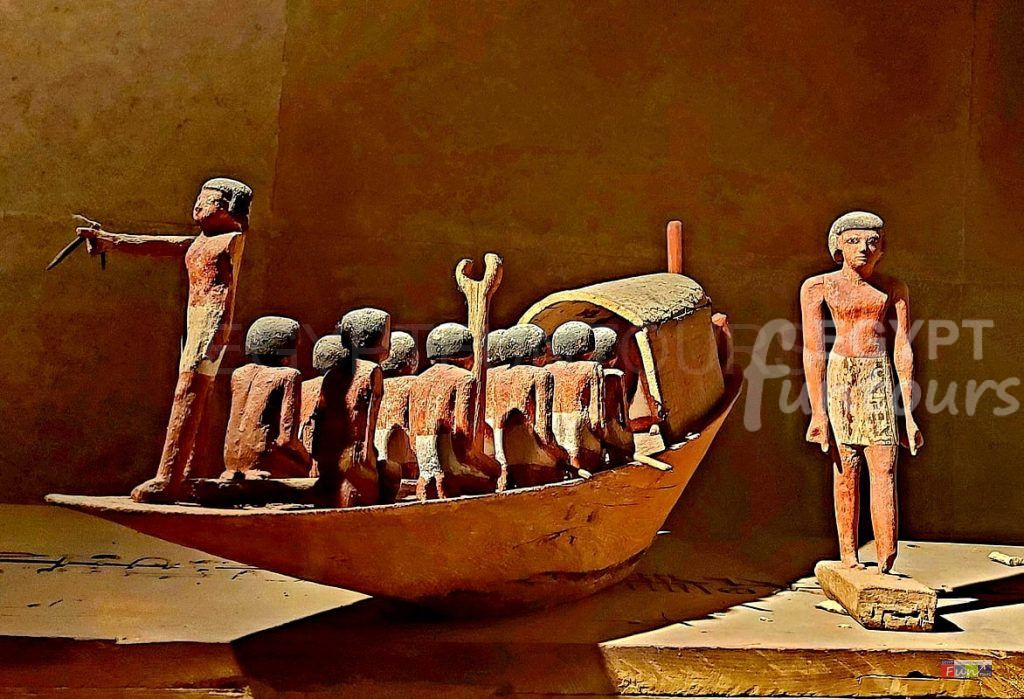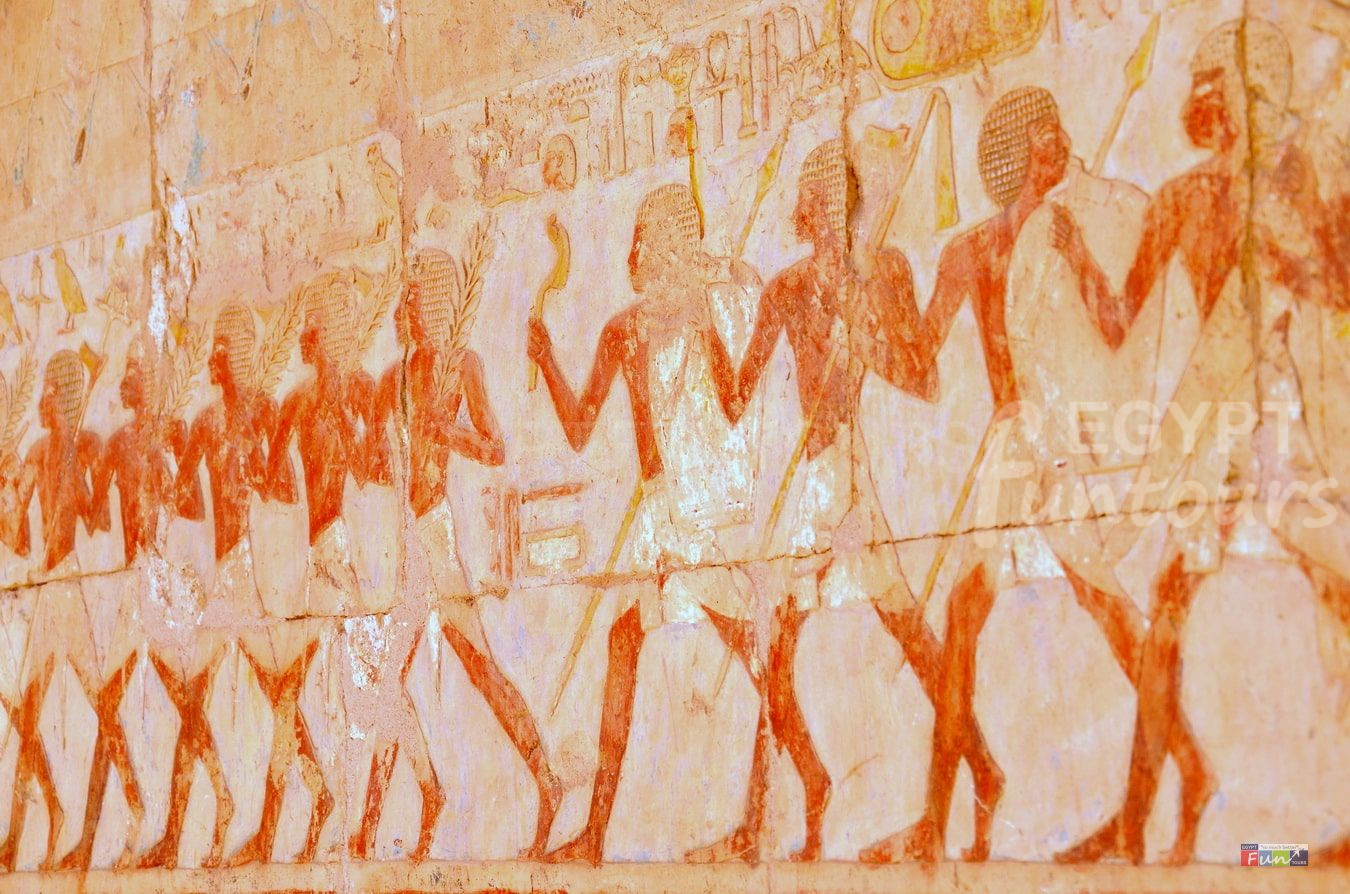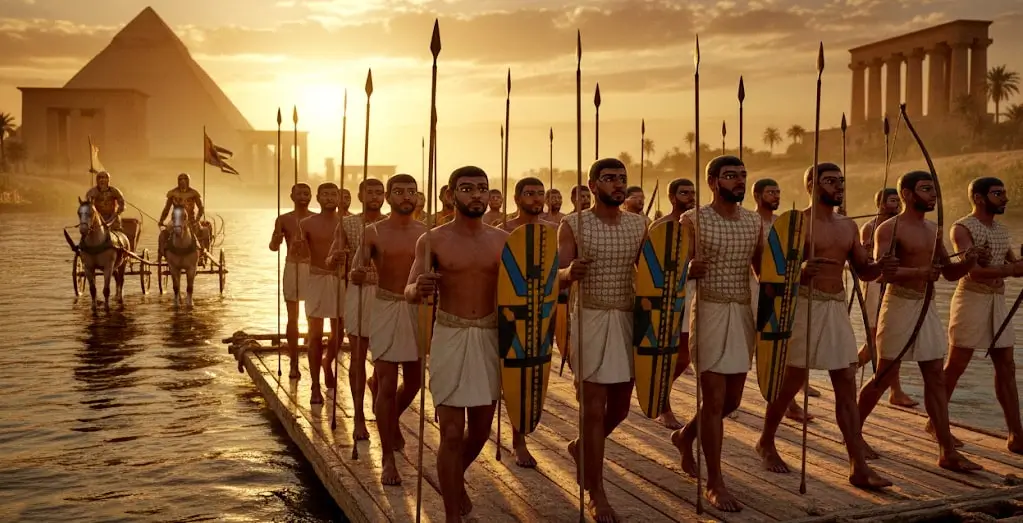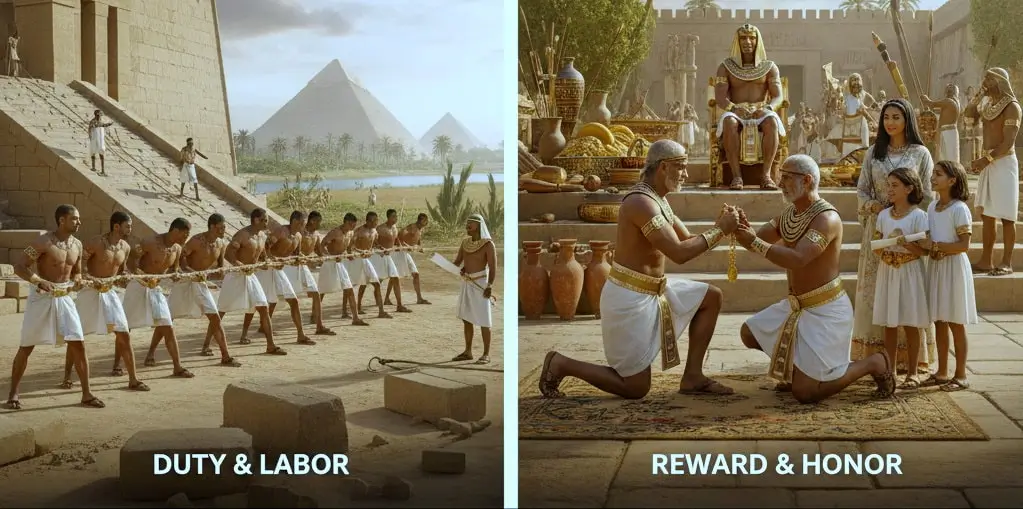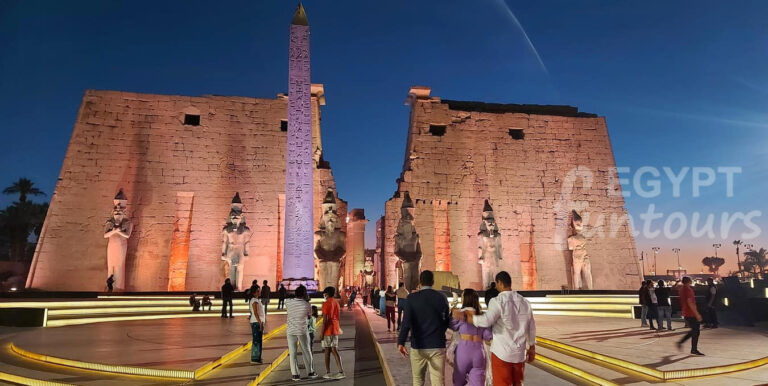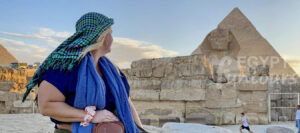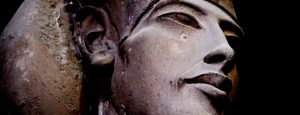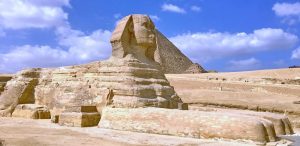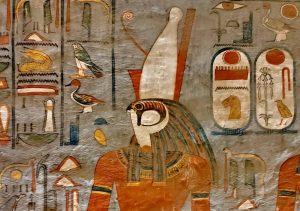The Ancient Egyptian Army was a pivotal force that protected and expanded one of the world’s greatest civilizations. Initially relying on local militias of citizen-soldiers, the military evolved dramatically after a crippling defeat by the Hyksos. This event forced Egypt to adopt new technology, including the chariot and the composite bow. By the New Kingdom, the army had transformed into a professional standing force, organized into specialized divisions that allowed the pharaohs to conquer vast territories and establish a formidable empire across the Near East.
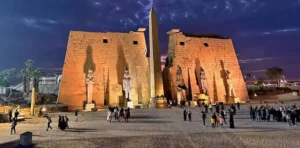
Hossam Rashwan Tour Guide
We took this trip with Hossam Rashwan as our tour guide, and I must say that Hossam was the greatest tour guide in Luxor who showed us around. Our tour guide’s tales transported us to Luxor’s past, and we felt as if we were living in ancient Egypt. We really

